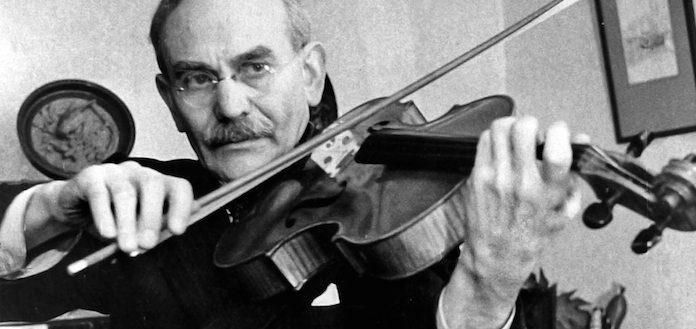Violist Lionel Tertis Died in 1975
The British violist championed the viola during the twentieth century, helping to bring the instrument out of obscurity
The twentieth century's most ardent ambassador for viola, Lionel Tertis greatly expanded the viola repertoire through his transcriptions and arrangements.
Born in the northern seaside town of Hartlepool to Polish-Jewish immigrant parents in 1876, Tertis moved to the east end of London at a young age and spent his childhood experiencing great poverty. He began his musical training with the violin and the piano, and left home aged just 13 to work as an itinerant pianist.
Eventually gaining entry into the Royal Academy of Music, Tertis took up the viola on the recommendation of the college's principal Alexander Mackenzie, in order to complete a student string quartet. He quickly became enamored with the instrument's timbre and began to imitate the tone of the great violin virtuosi, with an eye to improving the viola's prospects.
As Tertis's reputation grew, he was able to commission new works from increasingly high-profile composers, including Ralph Vaughan Williams and Gustav Holst.
Tertis played on a 17-inch viola — larger than was standard — which allowed him to produce a full and rich tone. However, the instrument was large and cumbersome, and following his retirement from performance in 1934 Tertis redeveloped the instrument. The newer model was 16 and 3/4 inches long, and lighter to hold.
John Gilhooly, the Director of Wigmore Hall, in a discussion with the Tertis Foundation once said that "Tertis's legacy is profound and far outreaches the confines of viola playing, as it set a precedent for many other instruments and solo performers". He extended that "[Tertis was] an extraordinary man who stands in the company of Ysaÿe, Kreisler, Casals, Thibaud and Rubinstein as one of the greatest instrumentalists of his age."
LIONEL TERTIS & UNKOWN ARTIST | MENDELSSOHN | ON WINGS OF SONG | 1928
april 2024
may 2024



























